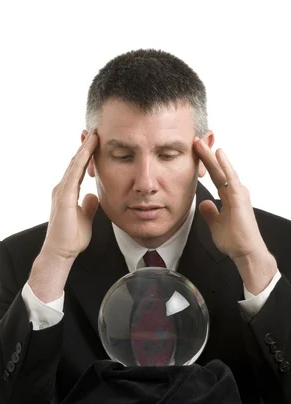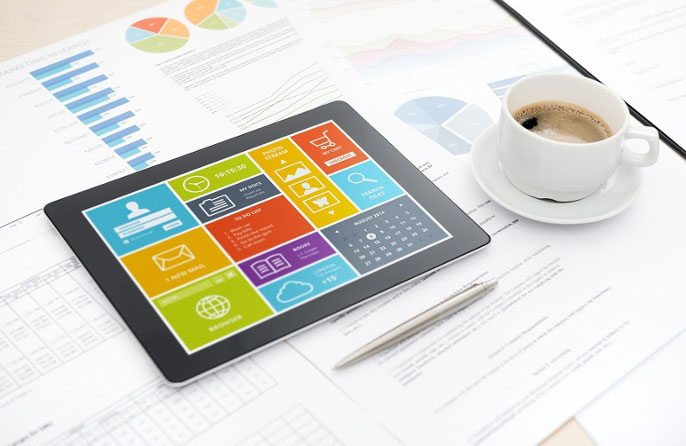With the end of a year often comes an evaluation of successes and failures, as well as goal setting and predictions for the following year. For a small business owner, this time of introspection can significantly boost motivation. It’s a way to refocus, to remember all the reasons you do what you do.
We recently spoke with some intelligent, innovative small business owners and asked them two specific questions to see what the end of the year means for them. We think you’ll find what they had to say interesting, relatable, and most importantly, helpful.
As a Small Business Owner, What is the One Biggest Lesson You Learned in 2015?
 No matter your age or experience level, there’s always something new to be learned. This is especially true in today’s constantly evolving, fast-paced society. With changes in technology and consumer behavior, it benefits every small business owner to remain adaptable.
No matter your age or experience level, there’s always something new to be learned. This is especially true in today’s constantly evolving, fast-paced society. With changes in technology and consumer behavior, it benefits every small business owner to remain adaptable.
There is value in learning from ourselves as well as from others. From ourselves, we evaluate our own failures and correct our actions accordingly. From others, we observe mistakes and learn what to avoid in our own businesses.
It’s been asked, “Do you have one year of experience repeated 10 times or do you have 10 years of experience?” If we never learn from past experiences, we repeatedly make the same poor choices.
These five entrepreneurs certainly don’t plan on repeating 2015’s mistakes. Here’s what they learned.
- Honesty really is the best policy. Hilary Beck of InPlay Showroom told us, “Eventually the truth always seems to come out and only hurts the business…”
- Immediate gratification runs rampant. We agree with Scott Donnelly of PDM, LLP, in that people are becoming increasingly impatient. In 2015, he learned that “technology has created an environment of immediate gratification and it is spilling over into business.”
- Support is invaluable. New consultant Linda Tieman learned first-hand the importance of a helping hand. She was surprised at “how much people are willing to help me get started with my consulting business.”
- Being prepared ensures success. Ginny Kenyon of Kenyon HomeCare Consulting learned last year to “not start two major initiatives in the same year unless you have sufficient staff and money to do them.”
- Business growth increases with focus. Among other things, entrepreneur Erik Kieser found that a “clean, clear brand focus” is vital to success.
Based on the learnings mentioned by the above professionals, can you determine the lessons learned last year in your own business?
What are Your Small Business Predictions for 2016?
 Once you understand the lessons learned in 2015, you’re more equipped to make some predictions for what lies ahead. Setting goals is an important part of making these predictions, as your goals should always align with the direction in which your business is headed.
Once you understand the lessons learned in 2015, you’re more equipped to make some predictions for what lies ahead. Setting goals is an important part of making these predictions, as your goals should always align with the direction in which your business is headed.
If you’re not sure what the future holds for you as a small business owner—or for small business in general—take into consideration these predictions made by our entrepreneurial friends. It’s always encouraging to get a peek inside the minds of those who’ve stood where you stand.
As the saying goes, “Who better than those in the trenches to provide insight into what is on the horizon?” Here are the predictions our friends gave for 2016.
- Small businesses will need to be proactive and efficient, working smart in order to stay ahead of the competition. (Hilary)
- Small business will grow as consumers trend toward a sense of community and focus on local businesses. (Scott)
- There will be more competition as Baby Boomers reach retirement age and start their own businesses. (Linda)
- Businesses with passive streams of income will need ongoing focus and support. (Ginny)
- Growth will be seen in client base and income. (Erik)
We hope you’ve found this information helpful and inspiring. 2016 promises to be an exciting year, one full of prosperity. Success is yours for the taking, if you’ll only reach out your hands. What do you predict for your business in the new year?
Want some help looking into the crystal ball to see what 2016 holds for you? You’re free strategic coaching conversation about your business goals is only a click away.





 Early on in my coaching career, I was
Early on in my coaching career, I was  The truth—for both my client and myself—is this: if it feels risky to be yourself because no one else is doing it your way, do it anyway.
The truth—for both my client and myself—is this: if it feels risky to be yourself because no one else is doing it your way, do it anyway.


